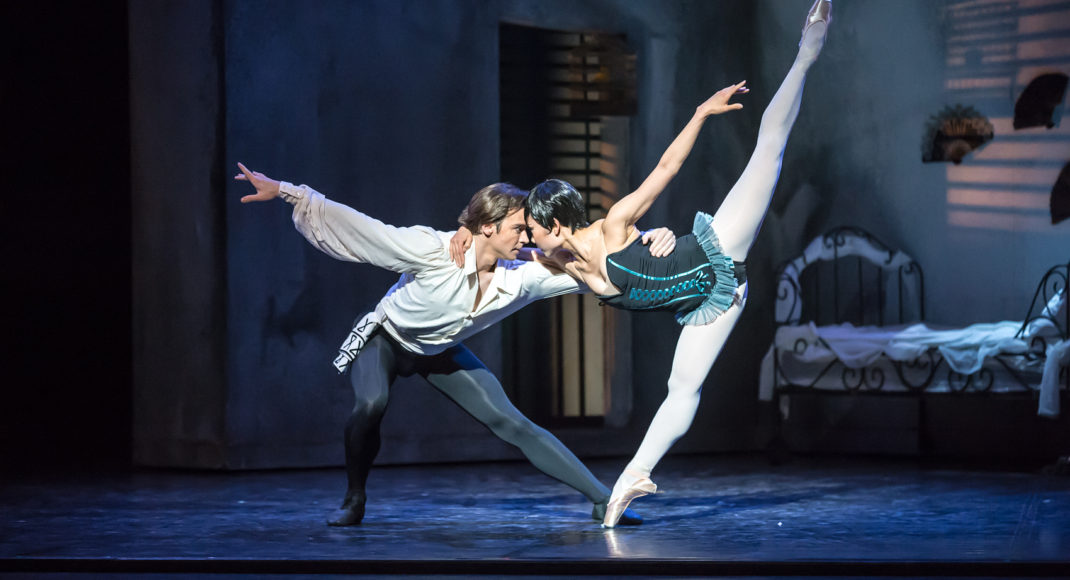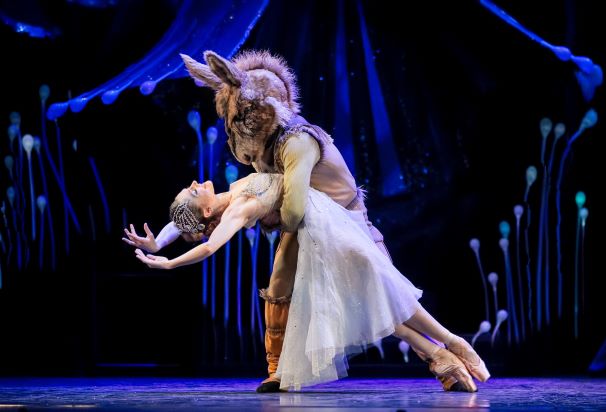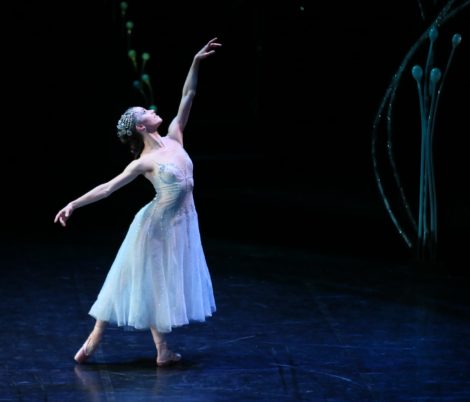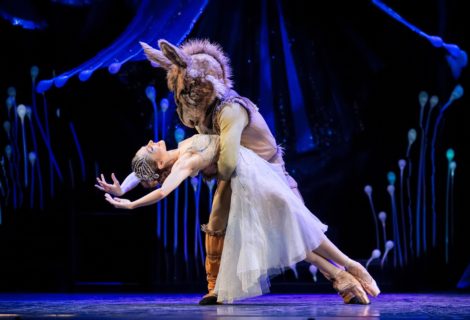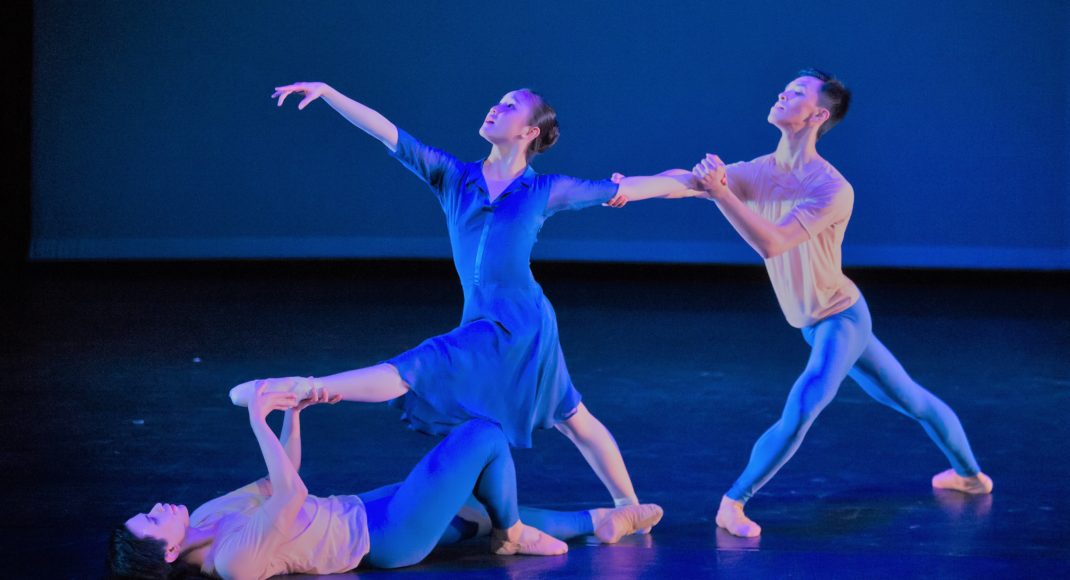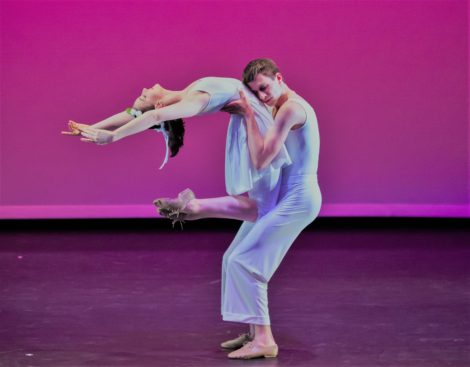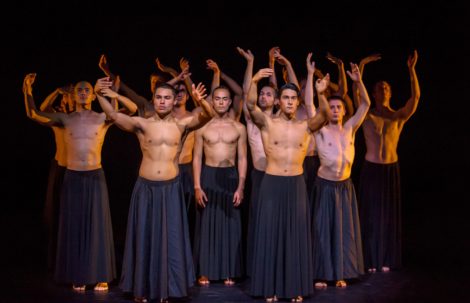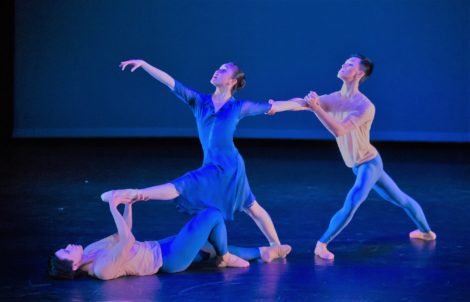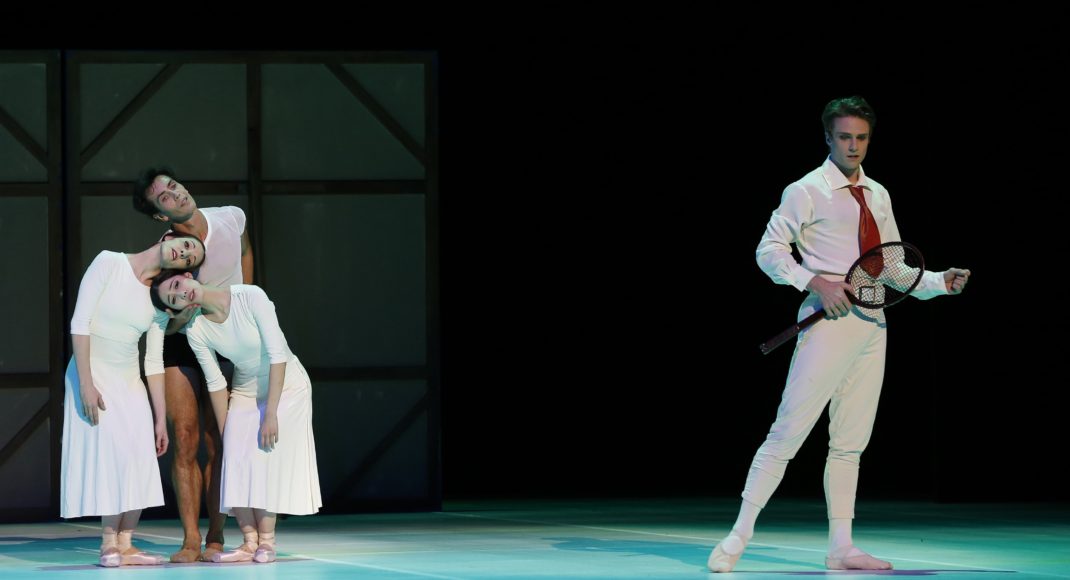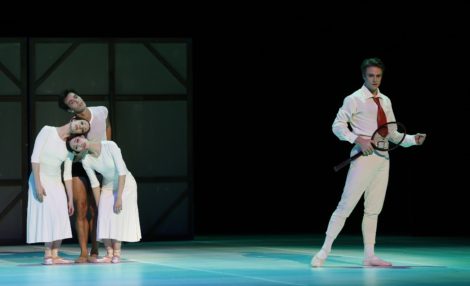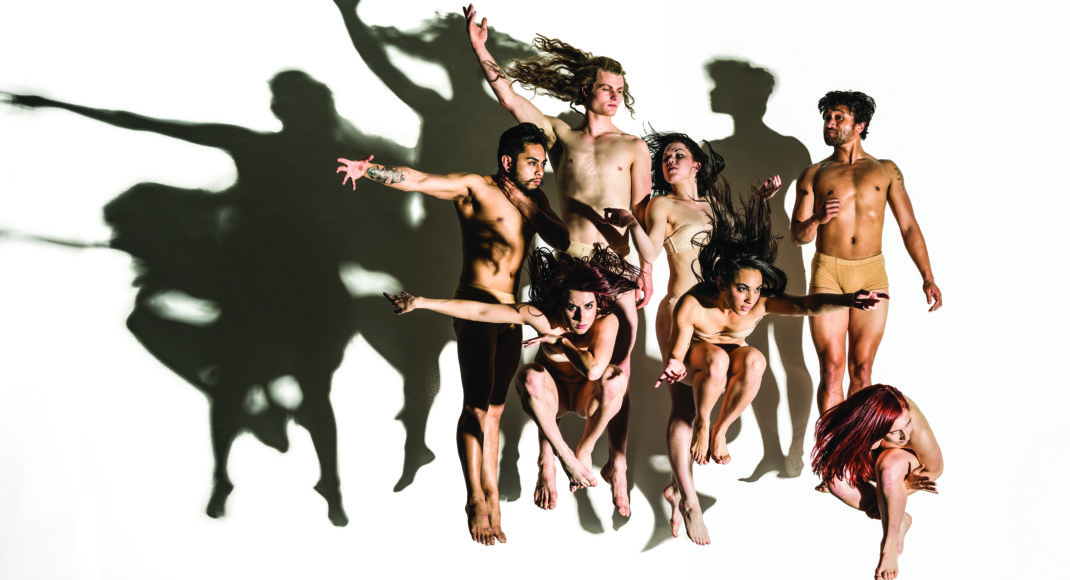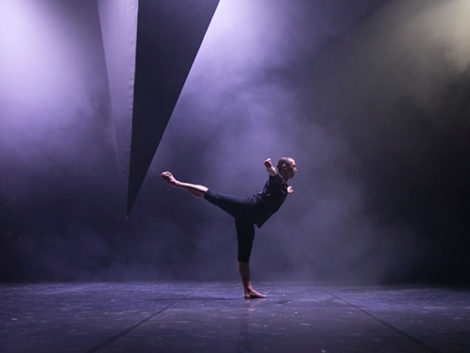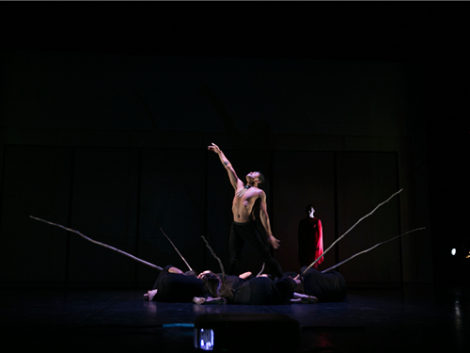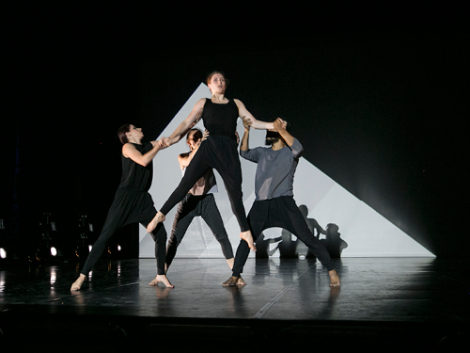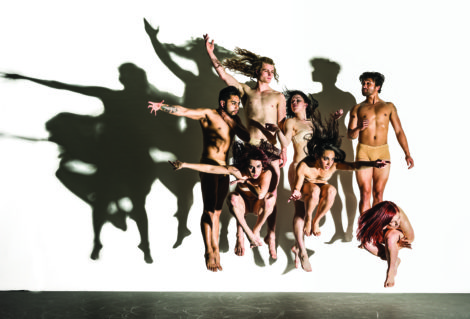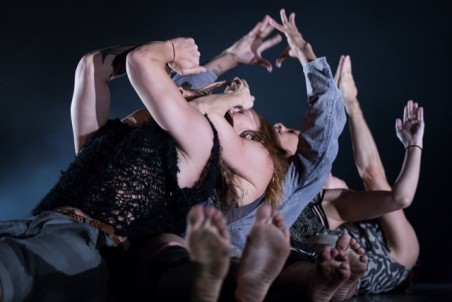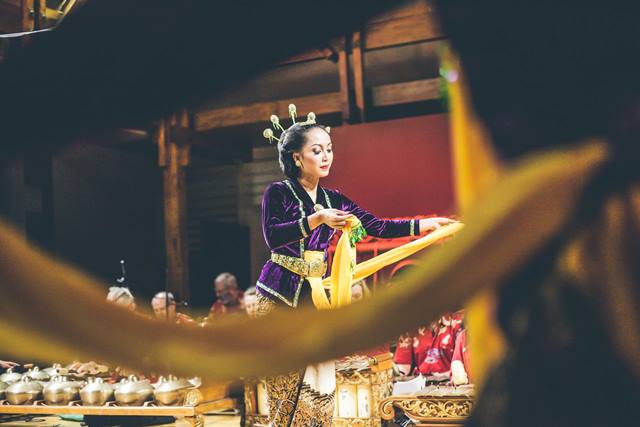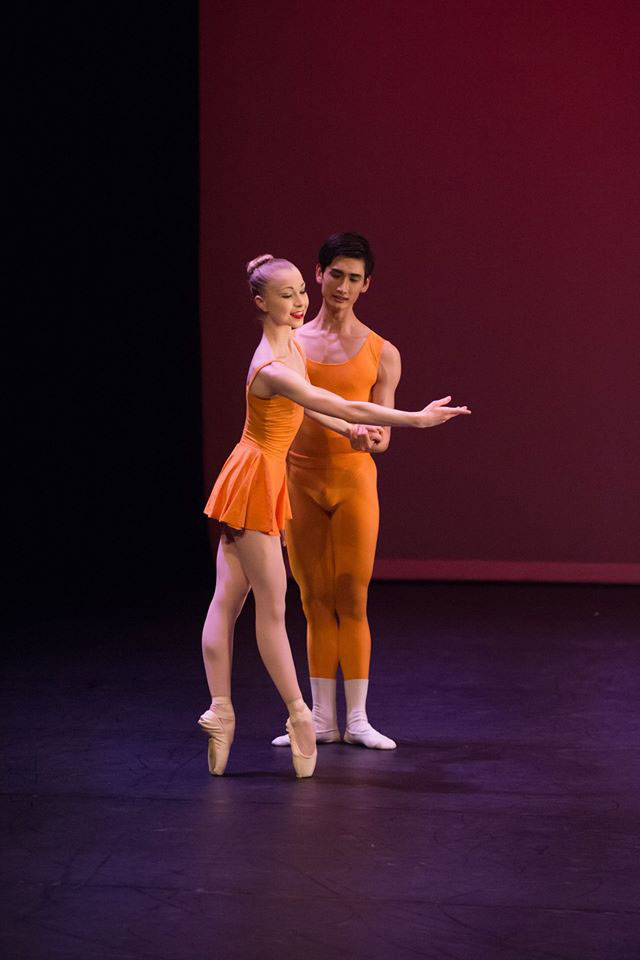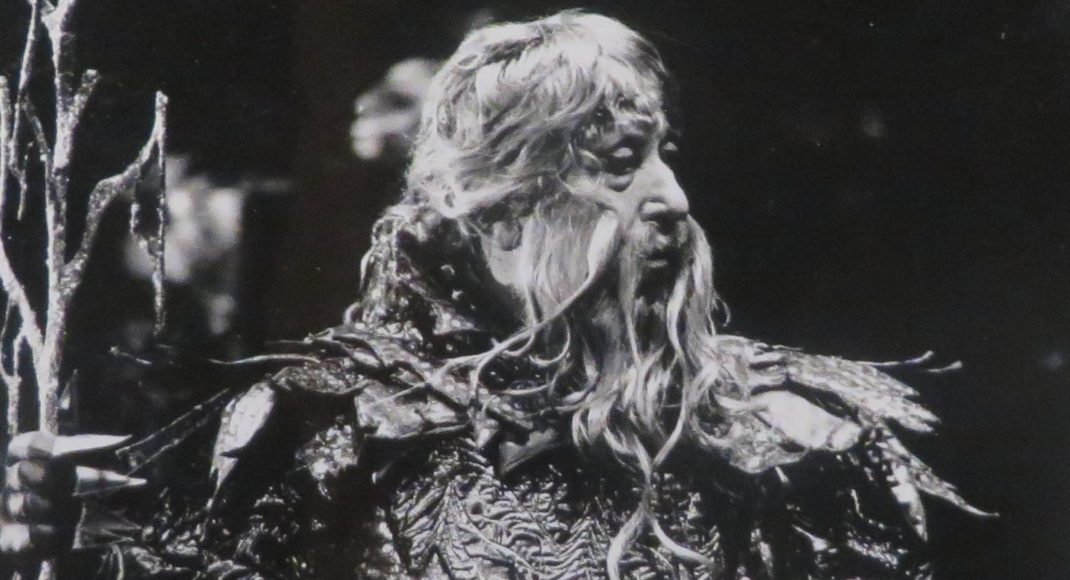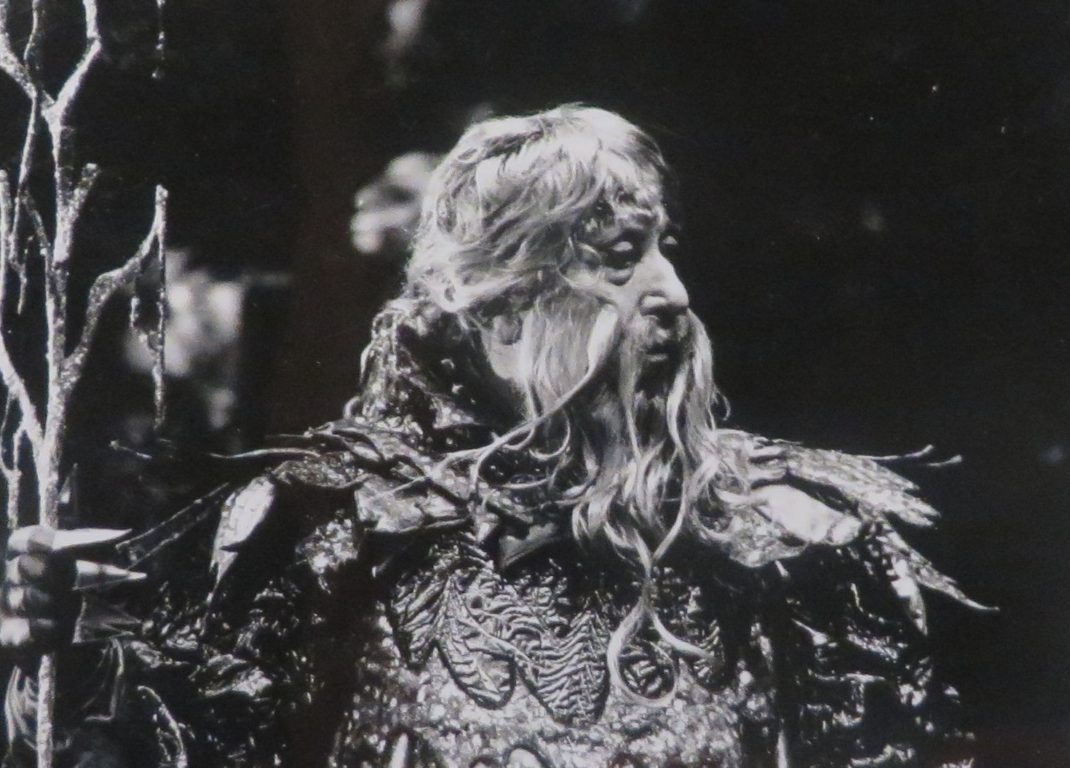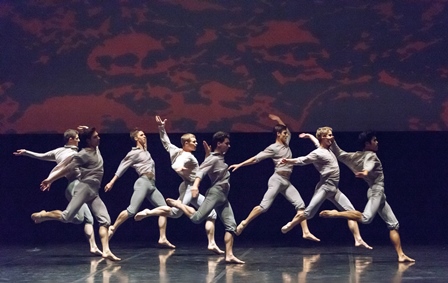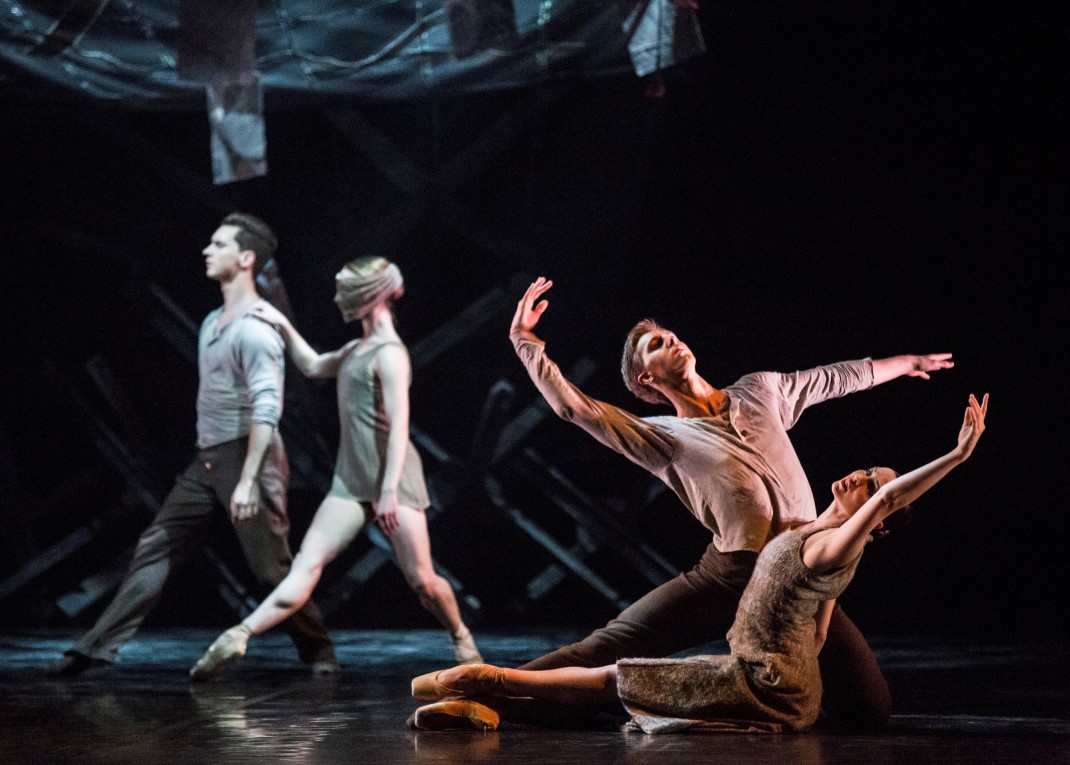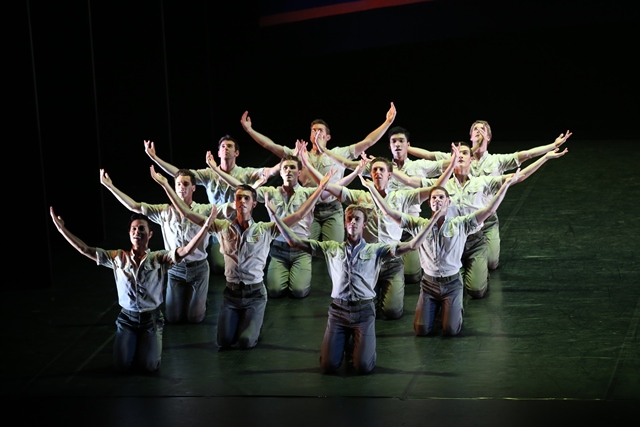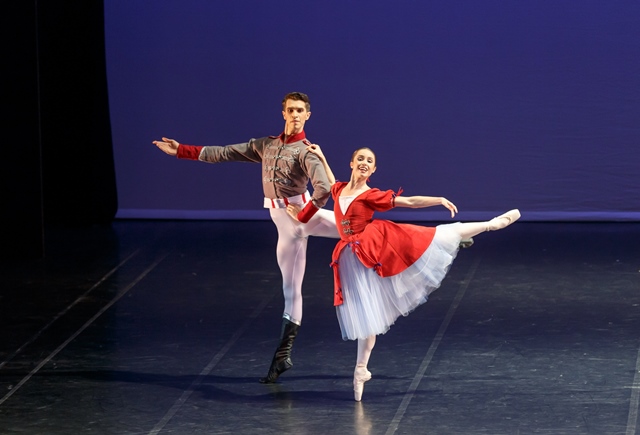Reviewed by Jennifer Shennan
16 & 18 February 2017, Isaac Theatre Royal, Christchurch (opening of national tour)
The first work on this program, l’Arlésienne, is over 40 years old, and the second, Carmen, is pushing 70 years. Both are dramatic one-act ballets by leading French choreographer, Roland Petit, hitherto only known by reputation here in New Zealand, or through film of his work, which often starred the stunning dancer, Zizi Jeanmaire, his wife.
Francesco Ventriglia, RNZB’s artistic director, was influenced by Petit in his own early career and he has judged well how much these works would suit our company. Unlike ballet’s classics, Swan Lake and the like, which can be staged in new settings (much as we are familiar with Shakespeare in modern dress), these works by Petit are not in the public domain, and need to be re-staged with impeccable care by the trustees of his repertoire.
A number of our dancers find scope for their talents, with personality, stage presence, comoedic gifts and individual character (more than in your average/larger ballet company, where the perfect symmetry of the many is aspired to). We saw talent in spades among the different casts in Christchurch.
In l’Arlésienne, a young man on the eve of marriage to a beguiling young woman is suddenly struck with confusion, and haunted by the vision of ‘the girl from Arles’, whom we never meet, save through the reflection of his eyes. Shaun James Kelly played the lead role with an astonishing portrayal of the onset of his mental disarray. The role of the bride was most poignantly danced by Madeleine Graham. and the corps of villagers dance a compelling semi-ritualised support to the unfolding drama. This then is in no way the frivolous cabaret number I had been expecting to act as curtain-raiser for the main work, Carmen. It is a tight and strong classic work that mesmerises the audience towards the inevitability of its conclusion, and Kelly’s performance will be long remembered.
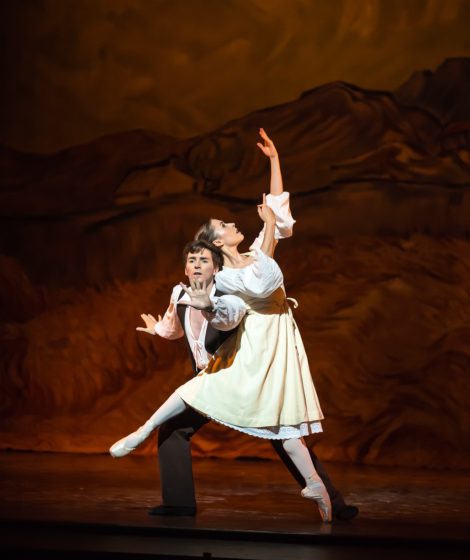
The opening cast of Carmen had guest artist Natalya Kusch in the title role, her excellent technique and poetic style proving most attractive, and with Joseph Skelton dancing beautifully as Don José, initially unsuspecting but growing into all the heartbreak of the role. Kirby Selchow as the Bandit Woman lit up the stage, and the cameo comic role of the Toreador was hysterically sent up by Paul Mathews. But it was Mayu Tanigaito, in the following cast, who absolutely nailed the role of Carmen as the minx, the coquette, the sexy wild and headstrong woman who will not be tamed, by any man, at any price. Tanigaito is an astonishing performer in any role, one of the RNZB’s strongest dancers. Daniel Gaudiello was a strong and convincing Don José, and Kohei Iwamoto a striking Chief Bandit.
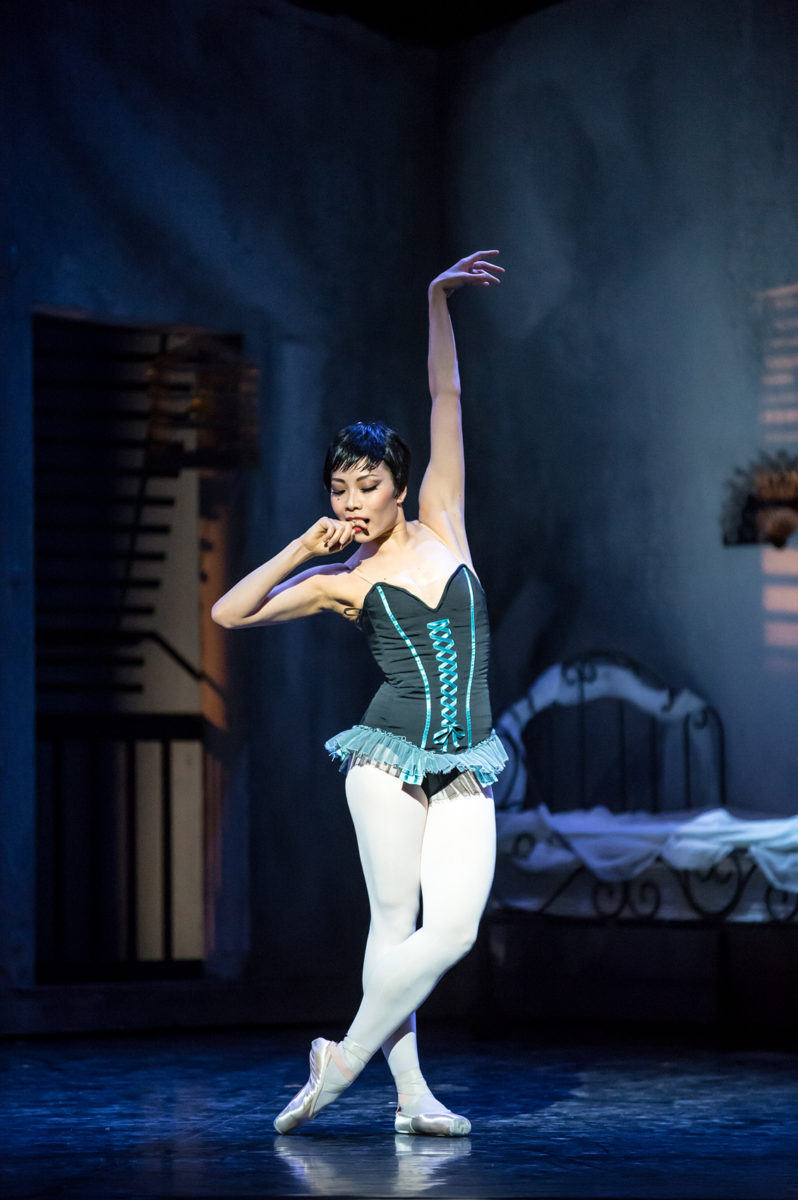
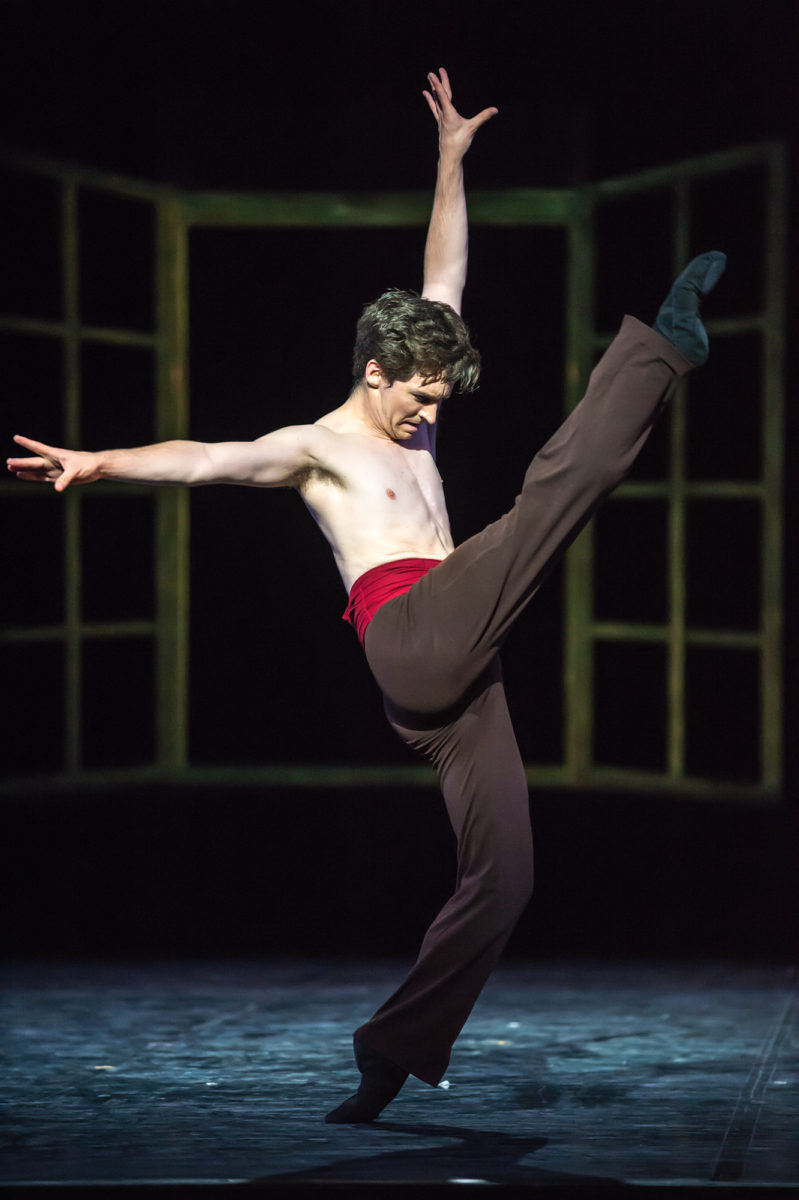
So, a number of highlights among the members of each cast. My advice is to see them both—but do refrain from the patronising and disruptive outbursts of applause that pepper throughout performances, and drive me to distraction. The dancers know when they’ve done a good multiple pirouette or barrel turn, but this is not the circus. Let them get on with developing the drama or poetry within the work, and please save your applause to the end.
Jennifer Shennan, 24 February 2017
Featured image: Mayu Tanigaito and Daniel Gaudiello in Carmen. Royal New Zealand Ballet, 2017. Photo: © Stephen A’Court

